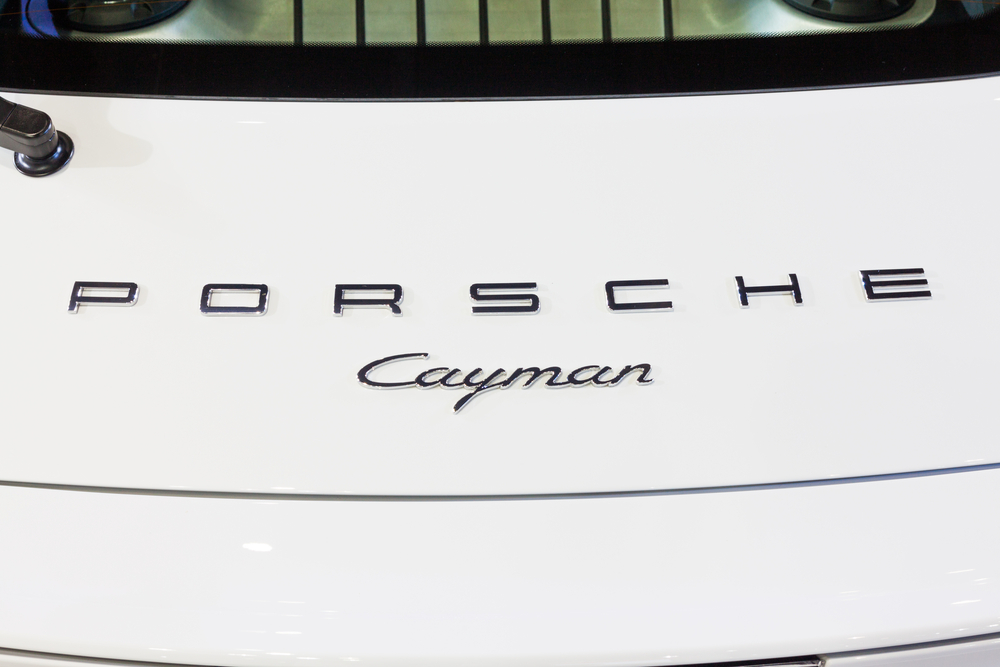
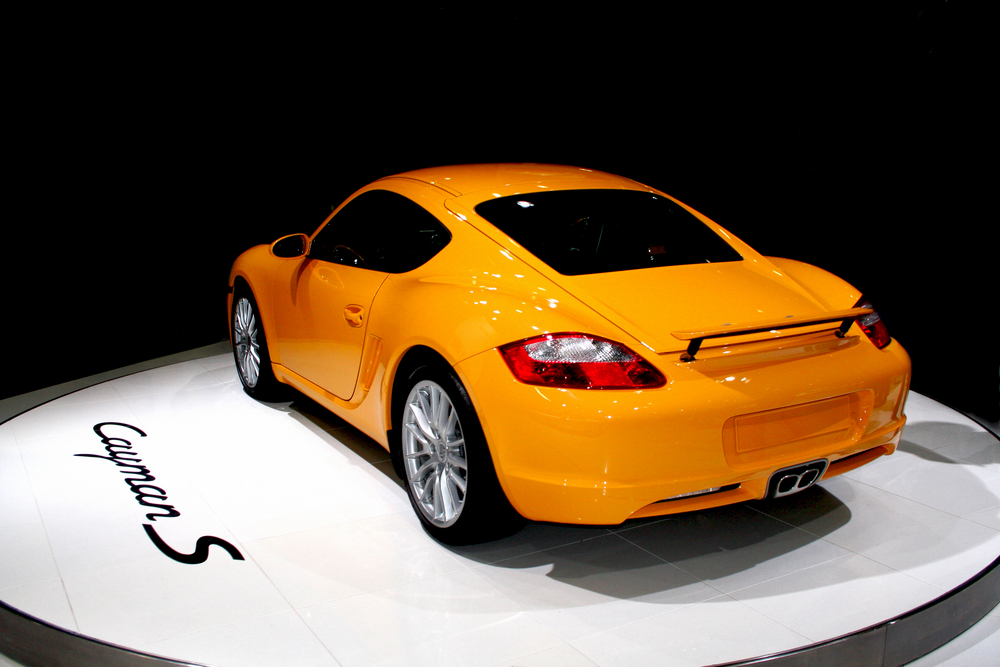 The Porsche Cayman is one of the most exciting vehicles built today. Used Cayman cars are becoming more affordable, but are they good cars?
The Porsche Cayman is one of the most exciting vehicles built today. Used Cayman cars are becoming more affordable, but are they good cars?Porsche introduced the Cayman sports coupe in 2006. The Cayman is a three-door fastback that shares many elements with the Porsche Boxster. Automotive writers frequently credit the Cayman and Boxster for saving Porsche from financial ruin. This entry-level sports car has become an affordable must-have for many used car purchasers, but is it worth the money, or are the second-generation Cayman cars more hassle than pleasure?
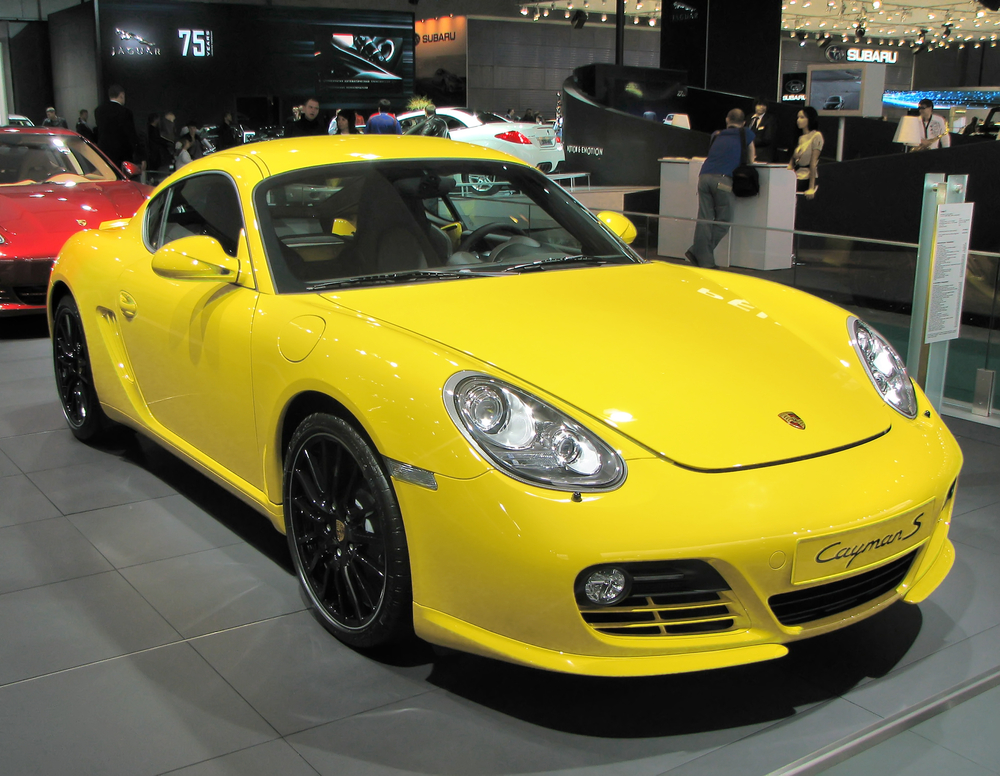 When the Porsche Cayman was introduced in 2005, buyers were eager to get on the waitlist for the new car.
When the Porsche Cayman was introduced in 2005, buyers were eager to get on the waitlist for the new car.Used sports cars are often a bigger risk to the used car buyer than any other segment of the market. Owners will often drive these cars hard until problems arise, then sell the car rather than spend money to repair, leaving the unsuspecting new owner saddled with problems. The second-generation Porsche Cayman is very reliable. Many common wear items are readily serviceable by the average car enthusiast using a high-quality Porsche Cayman repair manual.
The Porsche that Helped Save Porsche
In the early 1990s, Porsche sales were in trouble. In 1993, the famous sports car manufacturer sold only 3,000 cars in the U.S., traditionally one of its best markets. Bankruptcy loomed for Porsche, and it seemed that one of the most storied car brands might cease to exist. Porsche took a page from Mazda and produced a light-weight, sporty convertible. The Boxster was a little like a grown-up Miata.
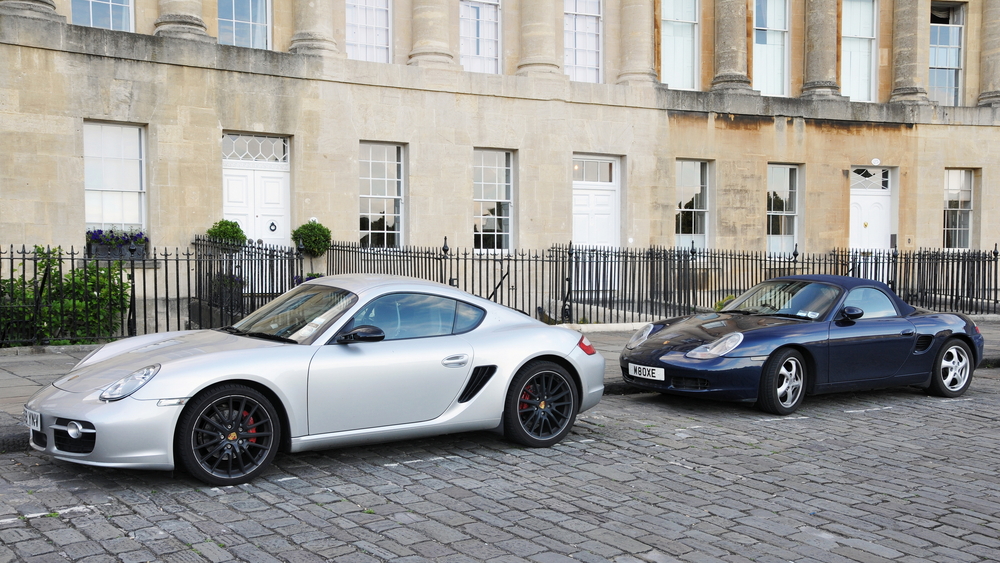 The Porsche Cayman and Boxster share similar bodies and are part of the same series. Though they look similar, the Cayman shares more parts with the Porsche GT3 than with the Boxster.
The Porsche Cayman and Boxster share similar bodies and are part of the same series. Though they look similar, the Cayman shares more parts with the Porsche GT3 than with the Boxster.Sales of the new car went through the roof. Porsche engineers had put together a wonderful, fun to drive car that was also sensible enough to drive every day. In its debut year, Porsche sold nearly 7,000 986 Boxsters and almost doubled that number for model year 2000. When the Cayman hit the market, it was an instant success. Porsche sold over 7,000 Cayman vehicles in that first year.
Cayman- The Streetable 911
When looking at the specs for the Porsche 987 vehicles, it is easy to understand why the cars have been so successful. The Cayman is available in two versions. The base Cayman uses a 2.7 liter, 236 bhp flat-six, while the S model received a 3.2 L flat-six rated at 276 bhp. The styling of the car echoed some of the truly great Porsche models, including the 356 and the 550 Coupe. An engine enlargement in 2008, along with a style update kept the vehicles competitive in the market place, though sales trailed off as the 981 model approached market readiness.
The car was immense fun to drive, a huge refresher after the said and largely boring late-1980's and early 1990's designs available in the price range. Buyers got a lot of car for the reasonable MSRP of $58,600.
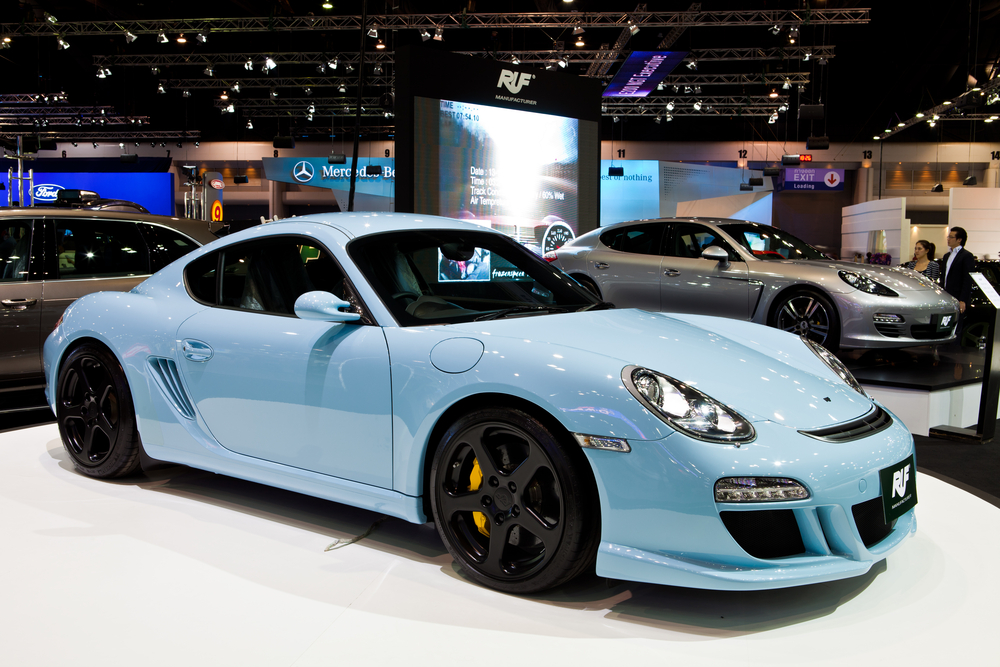 The Cayman is unmistakably a Porsche, even though its rear-engine, boxer-type six-cylinder engine is water-cooled.
The Cayman is unmistakably a Porsche, even though its rear-engine, boxer-type six-cylinder engine is water-cooled.Porsche's most often coveted car is the 911, but it is simply priced out of the range of the average person. The base model 911 for 2006 had an MSRP nearing $80,000 and a reputation for ridiculously high-cost repairs and a lengthy service requirement. The 911 engineers did not design the car for daily street driving. The 911 has always been considered by drivers and experts to be more of a weekend toy and periodic track day car.
With the Cayman, buyers got the sleek, sexy style that is unabashedly Porsche. The Cayman debuted with a top speed of 171 mph, but could still achieve better than 30 mpg on the freeway. The seats, steering, and suspension were all tuned toward street driving, rather than the stiff and difficult 911.
What to Look For, What to Avoid, What to Expect
The first Porsche Cayman cars were sold to the public in 2006, however, they are Second Generation cars, officially. This bizarre circumstance happened because the Cayman shares virtually all components with the Porsche Boxster convertible. Porsche introduced the second-generation Boxster in 2005. Porsche released the Cayman a year later. Both vehicles share the 987 nomenclature.
Enthusiasts often refer to the first series of Cayman cars as the 987.1 versions, while later models built between 2009-12 are identified as 987.2 cars. The Porsche Boxster / Cayman introduced in 2013 is the third generation.
Check the Service History
Mechanics have identified a number of issues with Porsche Cayman 987 cars. The most common problems with Cayman sports cars affect vehicles with an incomplete service history. These cars are true high-performance machines, and owners who neglect oil changes and other preventative maintenance are likely to own cars with defects. Revolution Porsche Specialists of Yorkshire, UK writes the Cayman has an MOT pass rate of 82% (MY 2006) to 91% (MY 2010). Buyers should avoid Porsche Cayman 987 cars that have not received regular service. Service records should be provided by the owner or dealer selling the car. Online sites like Carfax.com can be useful for used car buyers. Carfax may be able to reveal information about the service history of a Porsche Cayman 987.
Known Issues With the Porsche Cayman 987
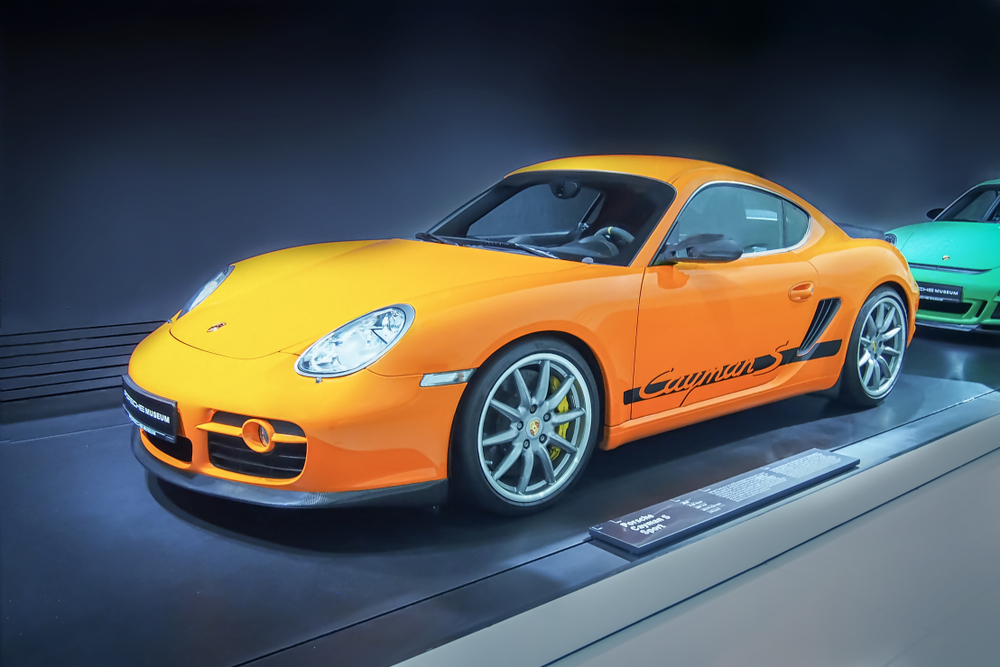 The Porsche Cayman is certainly an exotic sports car, but most of the regular maintenance and service can be done by the average owner using a high-quality Porsche Cayman repair manual.
The Porsche Cayman is certainly an exotic sports car, but most of the regular maintenance and service can be done by the average owner using a high-quality Porsche Cayman repair manual.The Porsche Cayman 987 has relatively few known problems. Aside from typical wear items, such as tires and brakes, there are a few items owners of the 987s have identified. The National Highway Traffic Safety Administration (NHTSA) is responsible for reporting safety-related recalls. Currently, NHTSA has no active recalls for the second-generation Porsche Cayman 987.
It is common for manufacturers to identify issues and create solutions. Often referred to as TSBs by enthusiasts, Technical Service Bulletins typically describe a problem and explain a solution if one has been identified. In total, Porsche issued 1,359 TSBs for the Boxster/ Cayman 987 cars. Many of these TSBs simply clarify or describe complaints customers have experienced. Some issues addressed through TSBs are very serious.
IMS Bearing Failure
Porsche traditionally uses a horizontal six-cylinder engine that features dual overhead camshafts. These engines use an intermediate shaft to indirectly control the camshafts based on the rotational position of the crankshaft. The bearing on the intermediate shaft can disintegrate. Without the bearing, the shaft becomes unstable and the engine suddenly goes out of time. This failure usually breaks multiple internal engine components.
Starting in about 2008, Porsche began installing a larger bearing that sits below the level of oil in the oil pan, thereby ensuring the bearing received an adequate oil supply at all times. Very few Cayman cars have exhibited issues with the IMS bearing. Most drivers have found that regular oil changes, along with verifying proper oil level at all times, prevents any issue with the IMS bearing.
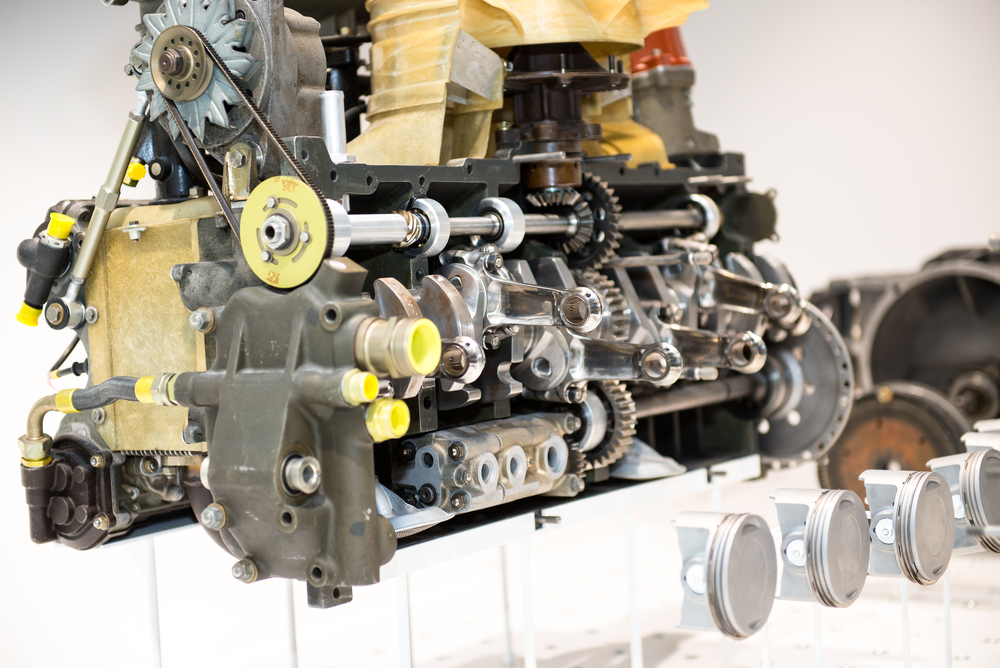 The Boxer-type engine used by Porsche in the Cayman and Boxster cars is a complex and expensive engine to replace.
The Boxer-type engine used by Porsche in the Cayman and Boxster cars is a complex and expensive engine to replace.Cayman vehicles experiencing IMS failure may not show any warning signs. Porsche recommends a two-year oil change. Many Porsche Cayman 987 owners have installed a magnet on the oil drain plug. Metal should never be present in the oil, and in the case of the Cayman 987, metal in the oil almost certainly came from the IMS bearing. Finding metal on the magnetic drain plug is the only real warning sign.
Some drivers reported a metallic rattle at start-up prior to an IMS bearing failure. Unfortunately, IMS bearing failures typically cause catastrophic engine damage that requires a total rebuild or engine replacement. Replacement engines are costly and subject to problems of their own. An engine can cost between $3,000 and $10,000 for a stock-type motor.
Coolant Pump Failure
The Boxster and the Cayman are the first rear-engined, water-cooled vehicles from Porsche. Nearly every other Porsche has been air-cooled. All Porsche 987 Boxsters and Caymans have a known problem with coolant pumps that fail early. In some cases, drivers have experienced two and even three coolant pump failures before 40,000 miles. Mechanics believe the issue originates with bearing failure on the impeller shaft.
Porsche Cayman 987s have a plastic impeller that often explodes when the bearing fails. Sometimes, the serpentine belt shreds, leaving the driver without power steering. Driving a Porsche Cayman 987 with a failed coolant pump will cause engine failure.
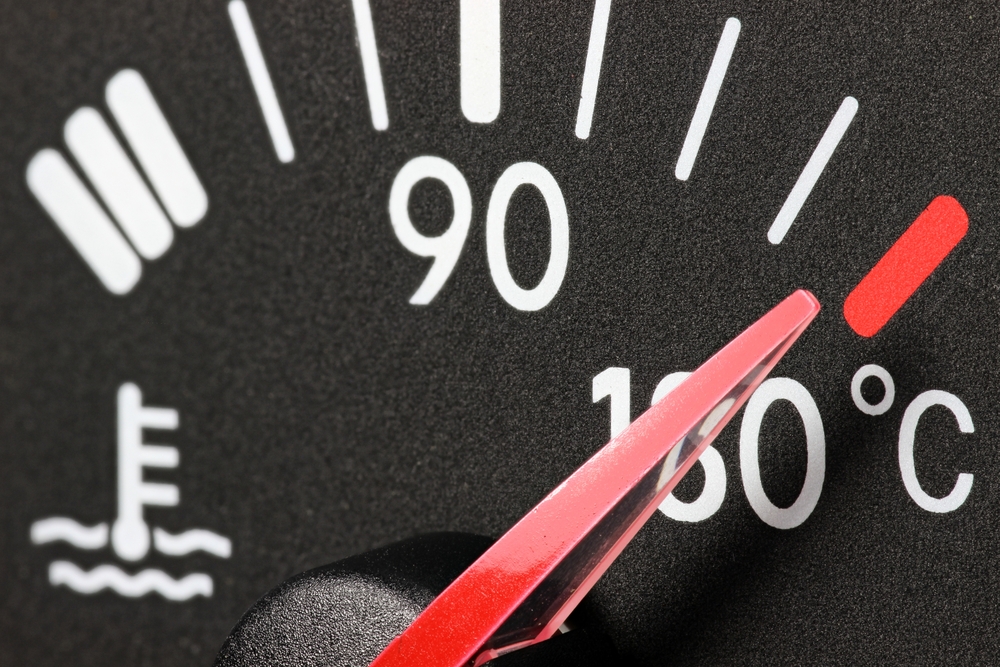 An overheating engine is always a major problem that drivers can't just ignore. Engine failure will happen if a driver continues to operate an overheating engine.
An overheating engine is always a major problem that drivers can't just ignore. Engine failure will happen if a driver continues to operate an overheating engine.The average DIY home mechanic using a professional-quality Porsche Cayman 987 service manual can replace the coolant pump. The process does involve lowering the engine about four inches to access the pump. Doing the job yourself will save a ton of money, though. Shops charge $1,300 to $5,000 to change a coolant pump. The mechanic or repair shop should replace the thermostat. Mechanics have found bits of broken impeller blocking the thermostat. A stuck thermostat can lead to poor emissions and overheating.
Many Porsche Cayman 987 owners consider the coolant pump to be a regular maintenance item and change pumps every year or two. A metal-impeller pump is available, though some drivers have reported the bearing continues to fail and the metal impeller can cause massive damage to the front of the engine when the bearing goes out.
Buying A Used 987
Drivers are interested in the Porsche Cayman 987 for a number of reasons, but finding a good used Cayman can be a challenge. Many cars that have low miles exhibit problems with oil seal leaks and other problems arising from prolonged periods of idleness. High-mileage cars are often cheaper and more likely to have had problems addressed, but the flat-six engines, particularly S models, are difficult and expensive to rebuild.
Suspension and steering components are expensive to replace, but the average enthusiast working from a high-quality Porsche service manual can do the job at home. Owners should inspect brakes often, as they are a common wear item. Replacing disc brake pads and rotors is not any more of a challenge on a Cayman than on any other performance vehicle.
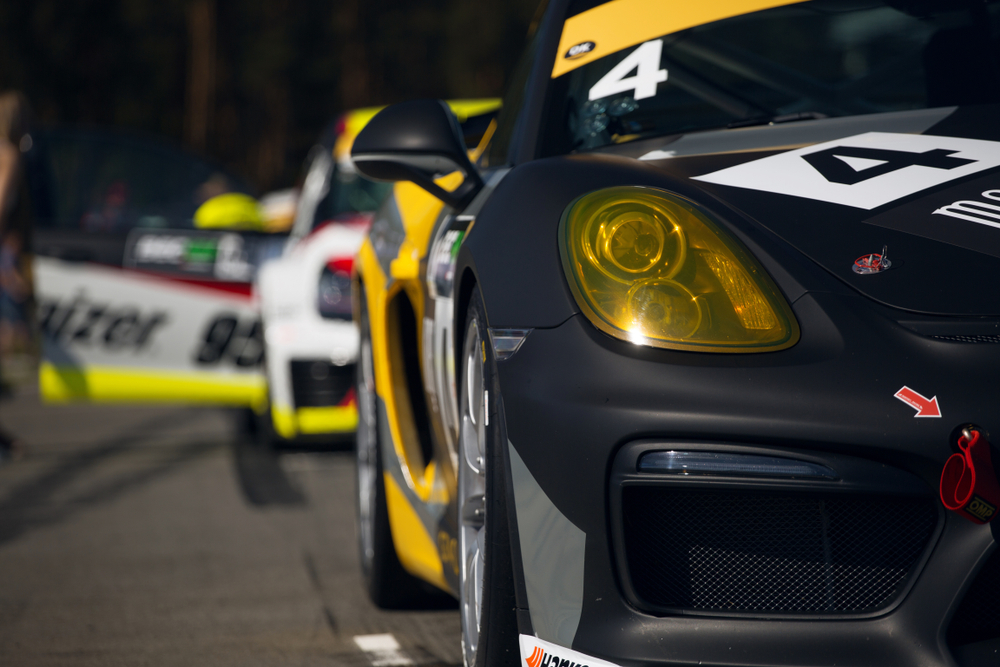 Always look carefully at used Porsche Cayman cars for signs of racing. These vehicles are very popular as amateur race cars, and significant damage may have been done that a new owner needs to be aware of prior to purchasing.
Always look carefully at used Porsche Cayman cars for signs of racing. These vehicles are very popular as amateur race cars, and significant damage may have been done that a new owner needs to be aware of prior to purchasing.The Porsche Cayman 987 is one of the most high-performance vehicles on the used car market today. For around $10,000, buyers can find nicely maintained Cayman vehicles. Very few vehicles available can rival the performance potential of a Cayman. Aftermarket parts availability is very high, and even a base model Cayman can be easily modified to compete with much more expensive sports cars.
Unless buying a car destined for dedicated track duty, buyers should avoid cars that have experienced significant body damage. Porsche used numerous space-age materials to construct the body of these cars, and body shop costs for repair are astronomically high. Many shops simply refuse to do bodywork on Porsche Cayman vehicles.
Porsche Cayman S models are highly desirable. Cayman S models built after 2008 are among the very best of the 987 series. Porsche engineers addressed most of the known problems. The increased power from the larger, flat-six creates a potent and powerful car that is fun to drive, affordable, and very reliable.
Have you owned or driven a Porsche Cayman? Comment below and let us your thoughts on the driving experience!
Find a repair manual for your Porsche Cayman right here.
